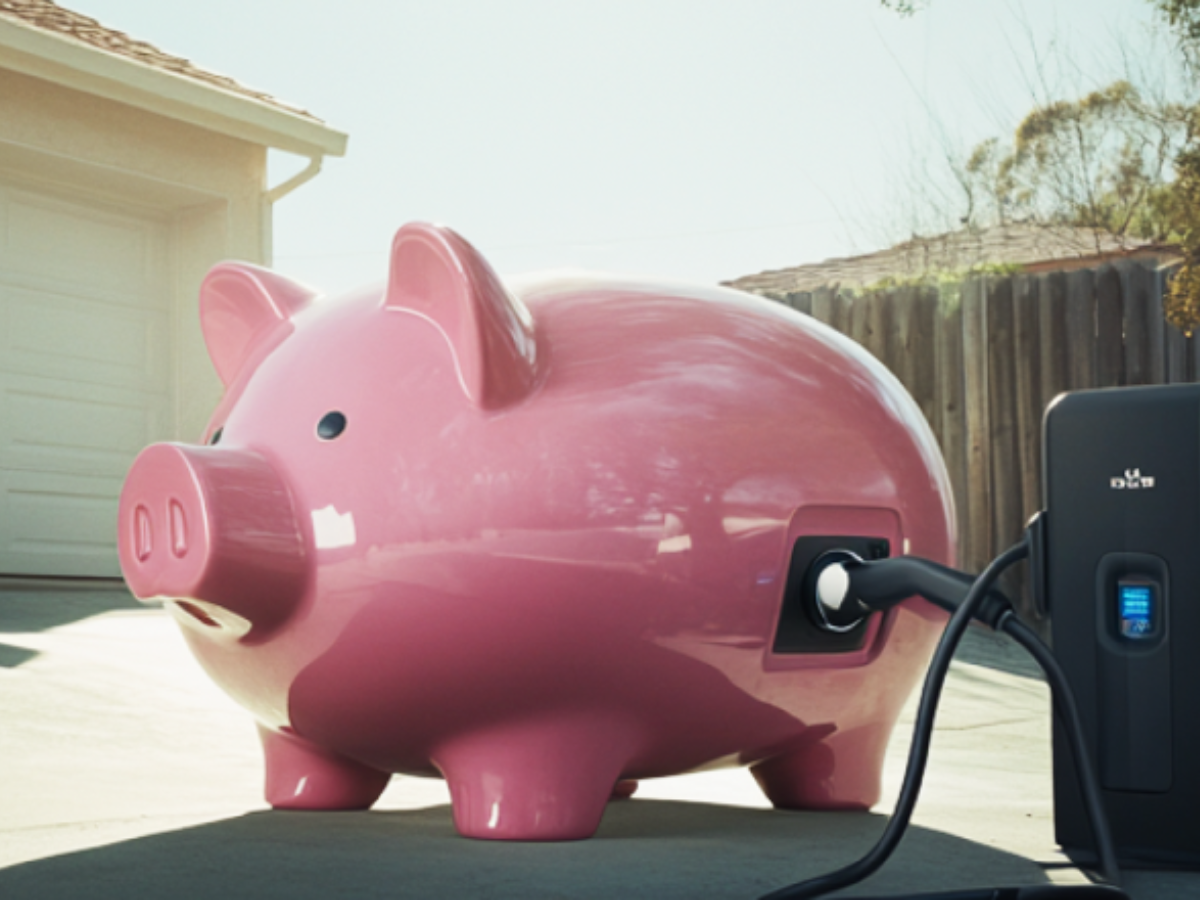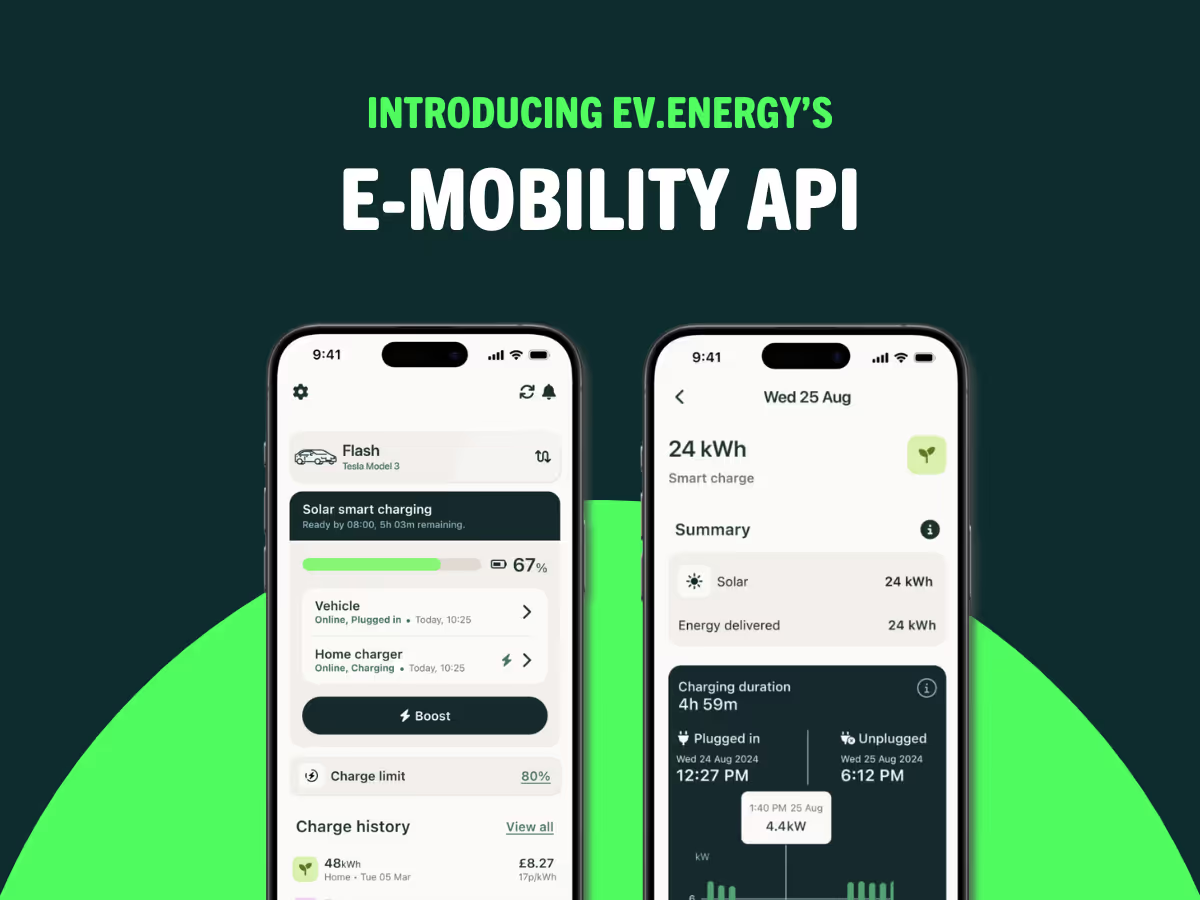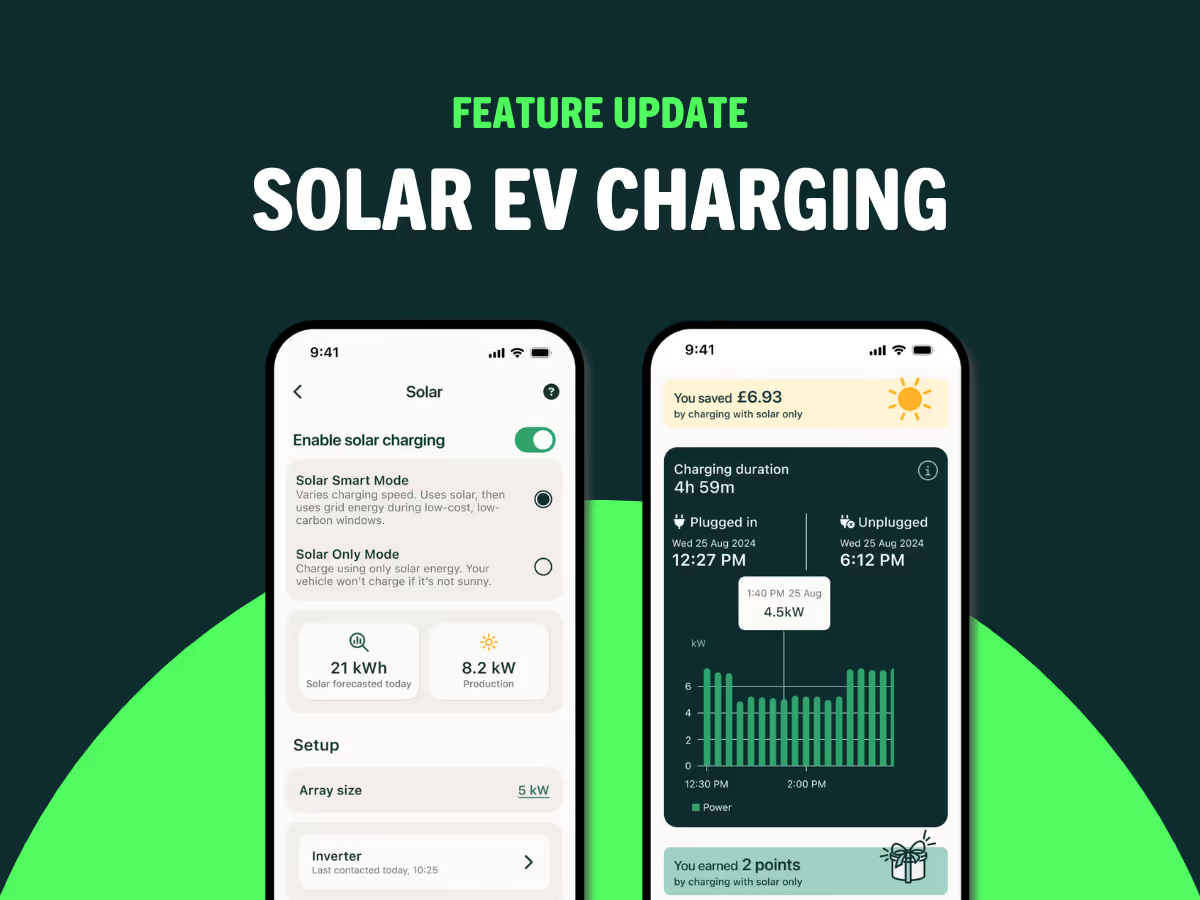The Blueprint for Mass-Market EV Load Management Participation


Kate Merson, Director of Sales for North America at ev.energy, shares the managed EV charging program blueprint required to achieve mass-market participation.
The electrification of transportation is no longer a distant forecast; it’s a present-day grid reality. Despite federal tax credit cuts, the US market is projected, in low-penetration scenarios, to increase by 1400% to 60 million EVs by 2035. Ensuring charging doesn’t coincide will be essential to maintaining grid reliability and affordability.
The Public Advocates Office (CPUC) Distribution Grid Electrification Model 2025 Study confirmed that unmanaged EV charging is a primary cause of grid overloads. Though focused on California, this validates that unmanaged load is a multi-billion-dollar national liability.
Positively, research by ev.energy and The Brattle Group found managed charging could unlock up to $575 per-EV avoided cost across a six-layer cost-avoidance stack. ev.energy quantifies the opportunity at $30 billion in annual avoided costs by 2035—a 10% reduction in household energy costs.
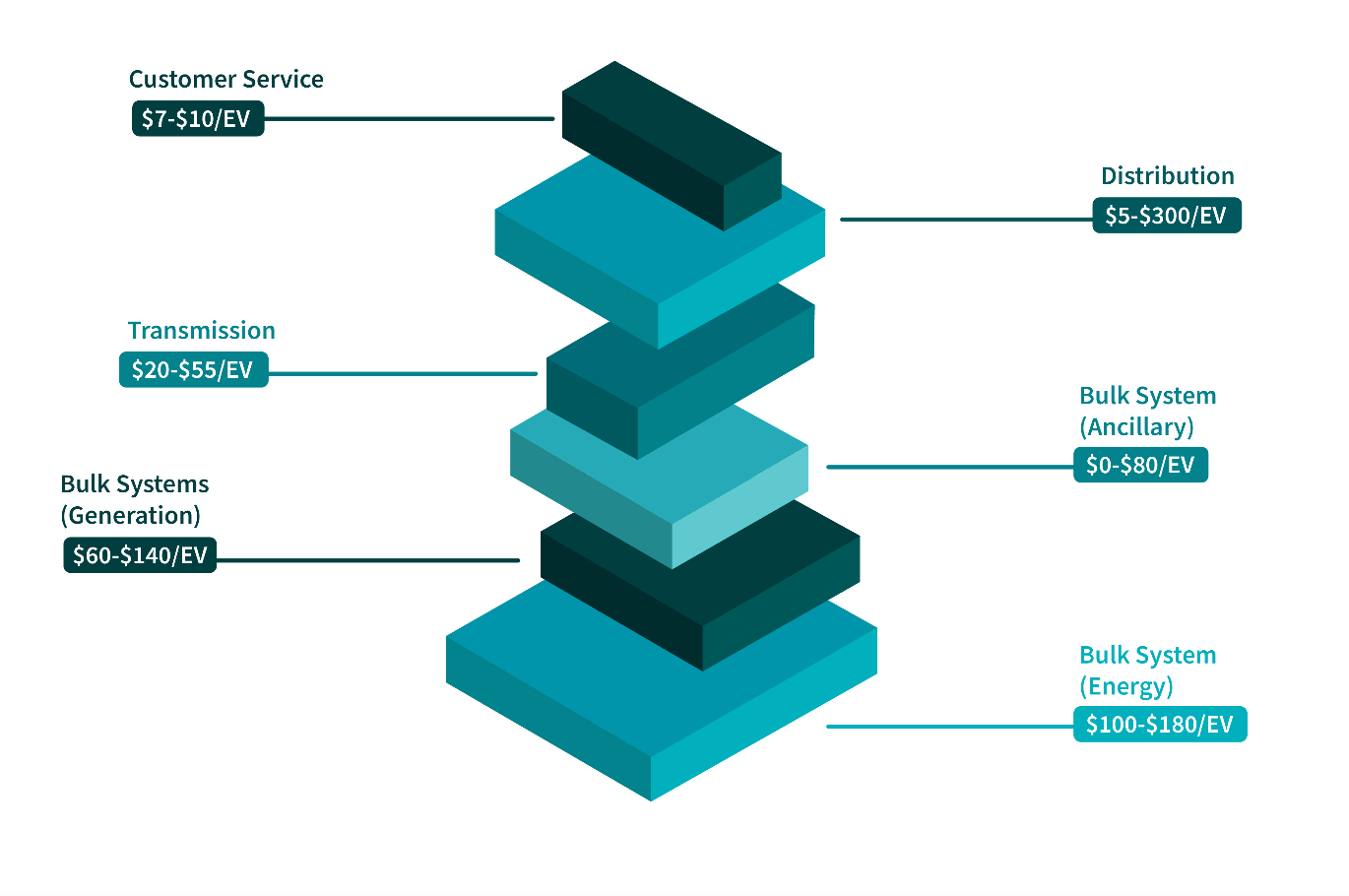
Yet, without mass scale, this value cannot be realized. We must drive significantly higher participation than the 3-5% typically seen in average programs across America today. Achieving this requires a strategic blueprint that addresses three pillars: Program Eligibility, Tiered Program Design, and End-to-End Customer Experience.
Pillar 1: Universal Program Eligibility - Opening Access to Every Customer
The most successful load management programs are accessible to everyone. This is achieved through an Open Charge approach, built on customer choice, economies of scale, and interoperability.
- Allow All Pathways: To design programs for broad participation, utilities must allow all makes, models, and hardware to participate, including:
- EV Telematics: Connecting directly to the vehicle's onboard computer.
- EV Chargers: Integrating with smart chargers via protocols like OCPP.
- AMI Data: Leveraging Advanced Metering Infrastructure for customers without smart hardware.
- Design Programs for Real-World Data Variability: Not all data pathways provide the same format, fidelity, frequency. Rather than excluding vehicles or hardware, design program tiers that match capabilities—reserving high-value, real-time optimization for pathways with granular data, while offering behavioral or simplified programs for others. The goal is universal access with differentiated value capture.
- Maximize Reach: Open, interoperable platforms are a strategic advantage for utilities, directly contradicting the worry that supporting multiple pathways increases complexity. Rather than being constrained by vendor lock-in and proprietary systems that fragment the market and limit competition, interoperability enables utilities to maximize their reach across the market, future-proof their investments against emerging EV and charging technologies, drive competitive pricing by avoiding single-vendor dependency, and accelerate deployment by leveraging existing customer hardware. In short, interoperability is not a technical burden, but a critical tool for achieving mass-market participation.
Pillar 2: Rates & Program Tiers - A Portfolio Approach for Mass Adoption And Impact
There is a broad debate about the efficacy of rates versus programs, and which is most cost-effective; however, both are essential to engage EV drivers in load management solutions en masse. They come with different benefits and trade-offs.
The Necessity of Both Rates and Programs
Rates provide broad awareness, but suffer from:
- Lower compliance (~70%)
- Risk of "timer peaks" that harm the grid
- No mechanism for demand response
Programs enable:
- Higher compliance (80-98%)
- Active grid optimization across all value layers
- Equitable access for renters and multi-unit dwelling (MUD) residents
The winning strategy: A portfolio approach that uses both rates and program tiers. This layered design ensures maximum appeal and access, providing a clear pathway for the customer to move from simple awareness to valuable, managed participation.
A portfolio approach includes:
A. Time-of-Use (TOU) Rates
- Benefits: Establishes mass behavioral awareness. Achieves broad participation and drives capacity value with relatively low compliance (60-70%).
- Mechanism: Fixed pricing structures that encourage off-peak usage, often leveraging AMI data.
- Considerations: TOU rates alone are not enough for grid management. They cannot manage coincident charging peaks and can teach consumers the wrong behavior (e.g., charging immediately at 12:01 AM and creating a harmful “timer peak” effect). They lack real-time load shaping or demand response capability.
B. Foundation: Behavioral / Passive Programs
- Benefits: Mass engagement and equity. Drives additional capacity benefits (80-90% compliance). Allows utilities to reach customers who don’t have an eligible vehicle and cannot install smart hardware. Creates persistent, reinforced customer behavior and can unlock some additional value streams through education, such as staggered start times and demand response.
- Mechanism: These programs use telematics and a customer interface to reward customers for voluntary off-peak charging, but do not control charging on the customer’s behalf. They can be deployed in addition to TOU rates or independently.
- Considerations: This layer is crucial for Multi-Unit Dwelling (MUD) residents who often have limited control over their charging setup and can't benefit respond to smart charging commands. It ensures utilities can provide equitable solutions for every driver.
- Case Study: Con Edison's SmartCharge New York program is a prime example of a successful behavioral program, using telematics and incentives to shift load off-peak in New York City’s complex urban environment, which has a transient population and limited at-home charging. The program has enrolled 27% of registered EVs and provides a cost-effective solution to distribution-level constraints and high peak-time energy costs.
C. Core Engine: Active Managed Charging Programs
- Goal: Maximize grid value and capture the bulk of the $575 per-EV avoided cost by automating charging to one or more signals, including price or carbon, with locational dispatch.
- Mechanism: Software platforms dynamically optimize charging in real-time, moving beyond fixed schedules. This offers more flexibility and granular control for load shaping and demand response events.
- Considerations: Even some "active" programs can cause timer peaks if they rely on rigid start times after an event. True advanced management requires intelligent optimization that smooths the load.
- Case Study: The ChargeWise California pilot demonstrated that dynamic optimization delivered up to 98% of load off-peak, proving its power in capturing Energy Procurement value beyond what simple TOU can offer.
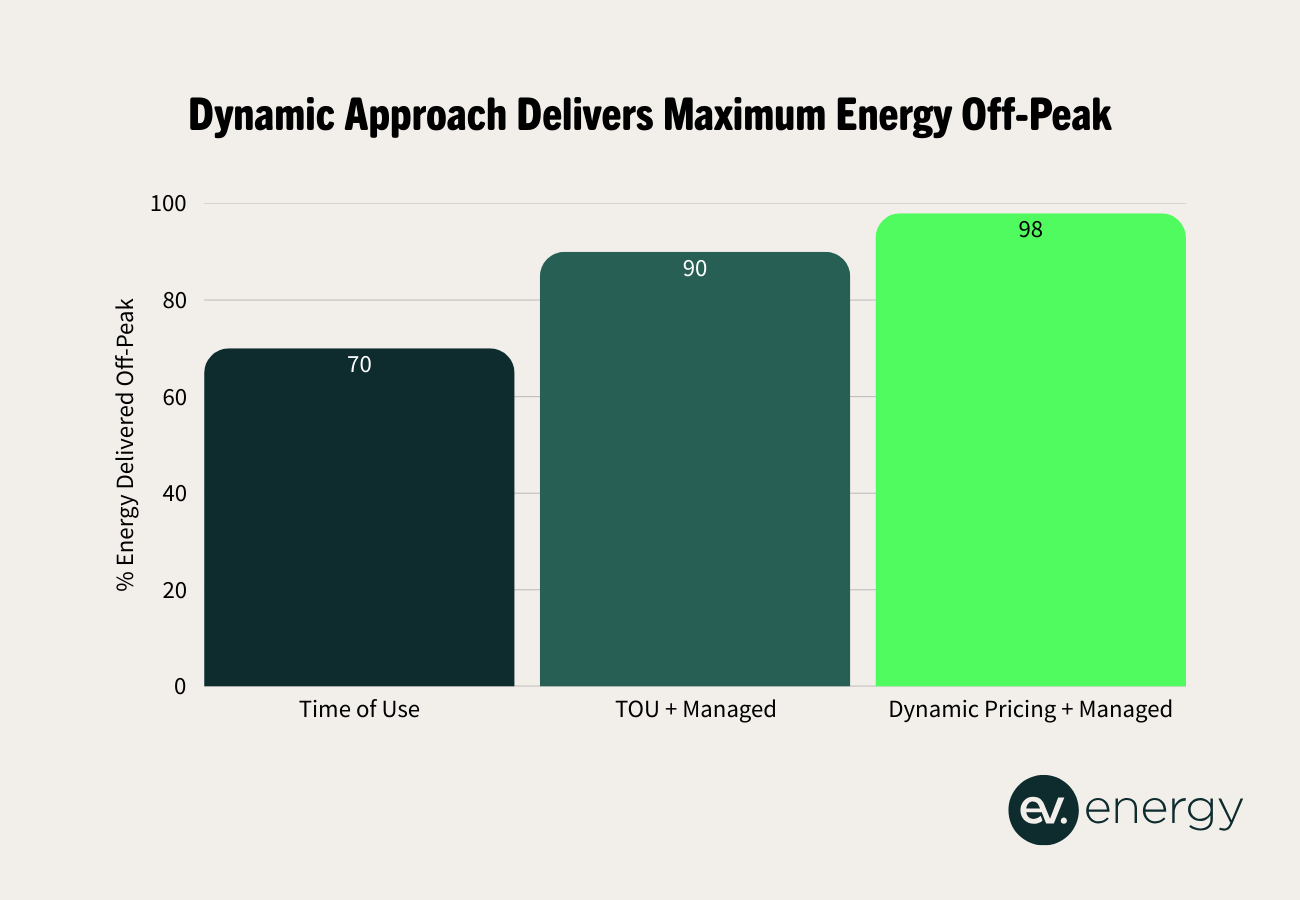
Importantly, active managed charging is the core engine upon which even greater value can be unlocked. V2X (Vehicle-to-Everything) capabilities, including V2G, can be integrated here in the future to more than double the avoided costs per EV.
Pillar 3 Customer Experience: Maximizing Enrollment and Engagement
Here's a sobering truth: the best-designed program in the world is worthless if customers don't enroll. While TOU rates require no dedicated customer experience, moving to high-value programs necessitates an end-to-end design that makes enrollment easy, reduces attrition, and builds trust. The complexity of grid optimization must be completely decoupled from the customer interface.
A successful customer experience strategy focuses on three areas:
- Friction-Free Enrollment: Making the sign-up process seamless, simple, and quick, regardless of what acquisition channel the customer is coming from, or whether they are connecting via vehicle telematics, a charger, or AMI. For instance, drivers can find all programs they’re eligible just by entering in ev.energy’s Program Finder.
- Engagement and Education: Engaging customers through education and transparency. The best practice is providing off-bill incentives (e.g., cash rewards or gift cards), which are less abstract than bill credits and keep customers engaged without requiring them to monitor complex rate statements.
- Seamless by Default: Designing programs that make grid-friendly charging the easiest default and communicating value consistently to ensure long-term retention.
Customer Acquisition: Meeting Customers Where They’re At
Even the perfect UX means nothing if customers never hear about a program. Acquisition is where many utilities dramatically underinvest. Customer acquisition is neither easy nor cheap, but it is essential for the high-value layer. While rates can achieve roughly 60% market reach, targeted programs are needed for the 40% that drives the highest value.
Utilities must invest in a multipronged approach to build enrollment across each customer segment, starting with the most cost-effective channel: email marketing. While obtaining customer email lists presents challenges—such as accessing state-specific DMV lists or overcoming internal email volume limitations—resolving these hurdles is the simplest way to enroll customers in rates and programs.
This should be combined with targeted marketing and partnerships, including co-marketing efforts with OEMs and dealerships to get in front of the customer at the point of sale. This dramatically increases the efficiency of acquisition and drives the flywheel toward mass participation.
Time for Action
This strategic blueprint reveals the key to unlocking the full $30 billion grid value: achieving mass-market EV load management participation through three essential pillars. Success demands an Open Charge approach for universal eligibility, a strategic portfolio of rates and programs with active managed charging as the core engine for optimization, and a seamless, incentive-driven customer experience that makes grid-friendly charging the easiest default.
Ready to unlock immediate value for your grid with surgical EV flexibility? Download the Turning EV Grid Risk into a $30 Billion Opportunity Playbook to see the complete cost-avoidance methodology and utility roadmap.
